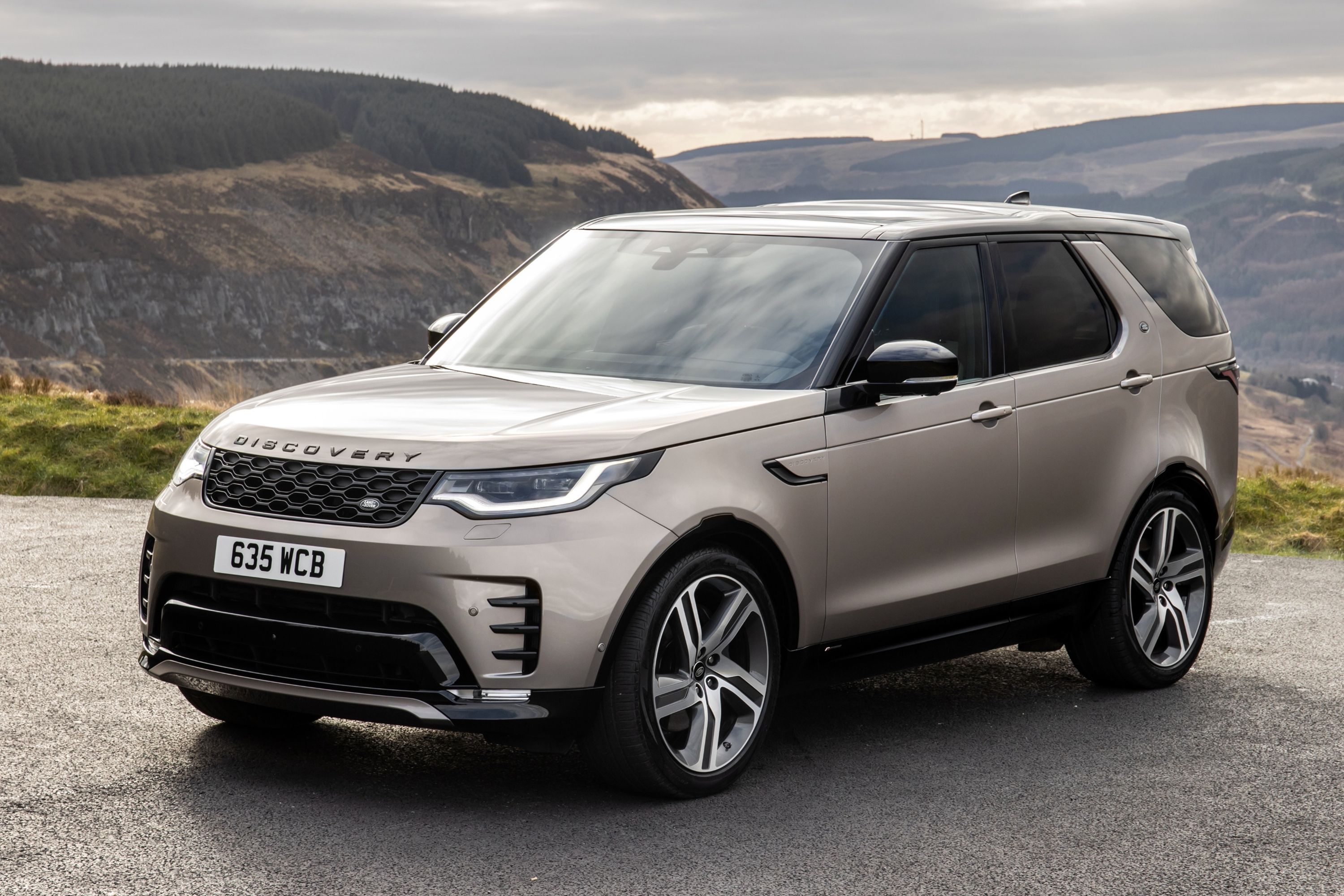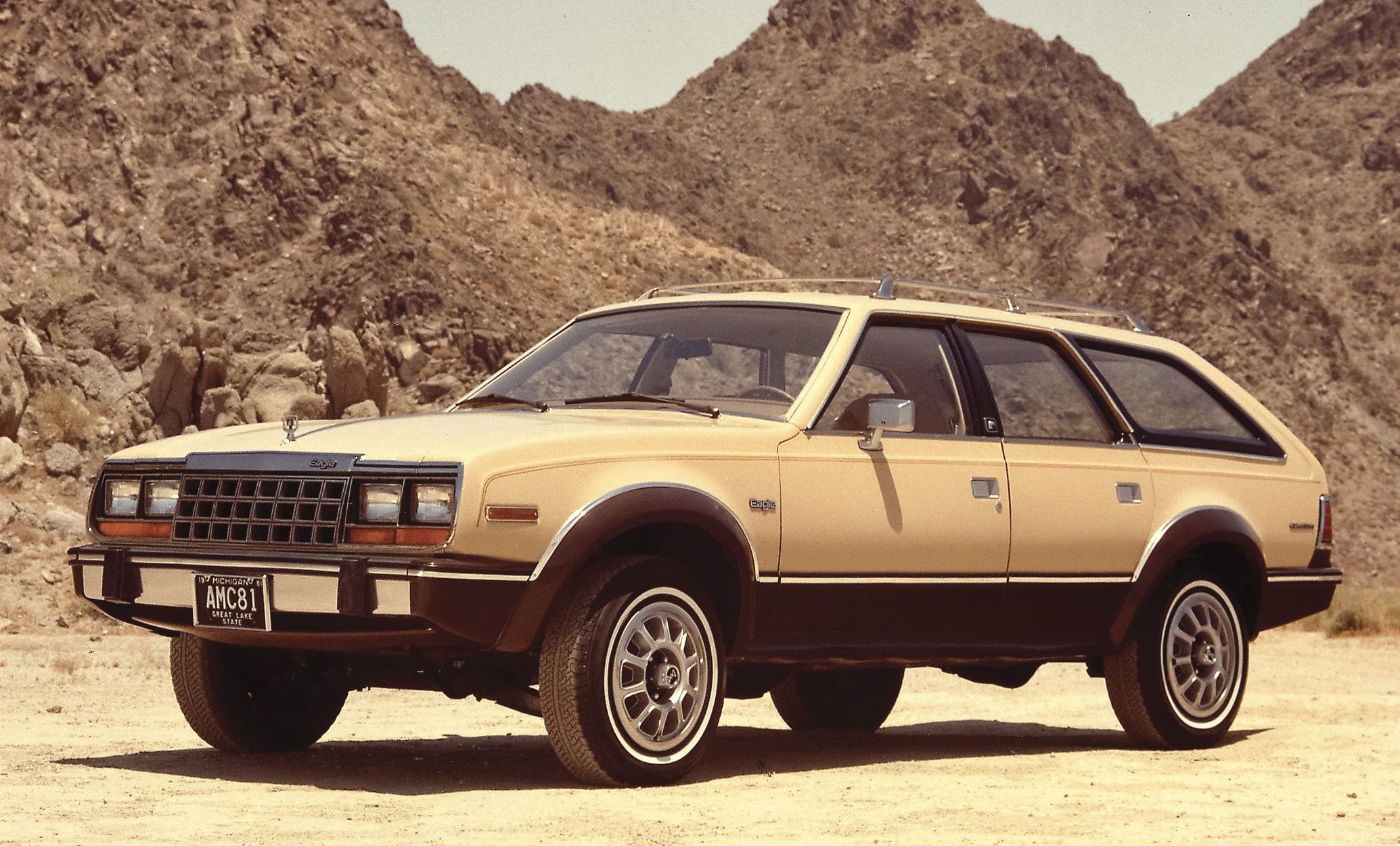
The concept of the crossover is not a new one, but the marketing term that gave birth to the segment is. The SUV came into its own in the late 1980s and early 1990s as, mostly, a more comfortable truck. SUVs were, and still are, brawny and capable in all conditions, and utility was the keyword in the Sport Utility Vehicle. Then, in the mid-1990s, the crossover as we know it now showed up.
There's no official definition for a crossover, but we've mostly come to know it as an SUV style vehicle based around a car's chassis. A crossover is a car that typically has the everyday practicality of an SUV but sacrifices off-road and towing ability, to varying degrees, to gain the road manners of a traditional on-road sedan or hatchback. In the mid-1990s, automakers started building crossovers to be family-friendly and with enough ride height to take on rough surfaces. Most crossovers also either came standard with all-wheel-drive or as an option. However, the first genuine attempt a crossover showed up in the US in 1980, and that's where we'll start.
AMC Eagle (1980-1982)
The late 1970s and early 1980s were not a good time for the American car industry. It was the Malaise era, and things were not pretty. The Eagle certainly wasn't, but look past the ugliness and you can see why it was a significant car. It's a station wagon, but its suspension has been jacked up to give extra ride height, and it came with permanent all-wheel-drive. Subaru had introduced the four-wheel-drive Leone station wagon in 1972, but it wasn't raised, so we're hard-pressed to call that the first crossover.
The AMC Eagle didn't embarrass itself off-road, but its all-weather abilities and fuel economy did it proud. The AMC Eagle was ahead of its time, and a harbinger of what was to come.
Jeep Cherokee XJ (1983-2001)
If you want the missing link between the SUV and the crossover, it's the Jeep Cherokee XJ. The Cherokee XJ is a point of divergence, as its also the precursor to the SUV before the term became widely used. Jeep marketed it as a Sportwagon and sparked the trend of suburbanites switching from traditional station wagons into something tall and rugged. The reason we call it the precursor to the crossover is because, while the compact class Cherokee XJ retained its off-road prowess, it also rode on a unibody chassis and was a lot smaller than the full-size Cherokee it replaced.
The importance of the Cherokee XJ is often overlooked. Not only was it better off-road than the Cherokee SJ it replaced, but it was 1,200 lbs lighter due to its unibody frame and four inches lower, but with better ground clearance. It was also 31 inches shorter and six inches narrower, yet had only ten percent less volume inside.
Toyota RAV4 (1994–Present)
The term crossover didn't come into being until the late 1990s, after the release of the Toyota RAV4. The definition has never been pinned down officially, but if a rugged vehicle built on a car platform with all-wheel-drive available is your definition, then the Toyota RAV4 was both the first real crossover. It was also the first subcompact crossover, and, for the trifecta, in 1997, the RAV4 was also the first electric crossover to market.
The first generation was built on a new platform but used elements from Toyota's Carina and Corolla models. RAV4 stands for 'Recreational Activity Vehicle 4-wheel drive,' but the first generation was available in front-wheel-drive in some markets. It sat nine inches higher than a Camry, about 1.5 inches lower than a Ford Explorer, and used a sophisticated rear suspension setup that acts like the rear trailing arm system most often used on trucks and SUVs.
Subaru Forester (1997–Present)
Japanese manufacturers were ahead of America with the crossover, as US brands continued to concentrate on light truck-based SUVs until the mid-2000s. Japanese automakers pushed the crossover as an alternative to station wagons, which had fallen out of fashion in the 1990s. Honda launched the CR-V in 1997, and in the same year, Subaru launched the Subaru Forester. It was based on the Impreza platform, but it rode higher, had a higher seating position, a boxy wagon style body, and the all-wheel-drive system was powered by the 2.5-liter boxer engine from the Subaru Outback. Subaru marketed the first generation Outback as being "SUV tough, Car Easy," and, in the US, its low center of gravity met the standards not to require the "risk of rollover" warning label on the driver's sun visor.
Honda HR-V (1998–2006, 2014–Present)
The first generation HR-V didn't come to America, but it was the start of the rise of the subcompact crossover. It competed with the short-wheelbase version of Toyota's RAV4, even in its five-door layout. All-wheel-drive was optional, but ticking that box was the only way to get the VTEC engine option. The real-time 4WD system was sophisticated and activated hydraulically when the front wheels lost traction. The second generation was introduced to the world at the 2014 New York International Auto Show and shared its platform with the Honda Fit. It's now a 5-door subcompact SUV with optional all-wheel drive.
Lexus RX (1998–present)
The first luxury crossover showed itself in 1998. The Lexus RX debuted as a compact luxury crossover, but in 2003 it became a mid-size luxury crossover. It sold well in its first generation in Japan as the Harrier, but it was also firmly embraced in the US, where it has sold incredibly well since. The cross between luxury sedan and SUV was suggested as far back as 1993 by Lexus suits, but the production model was closer to a cross between an SUV, a wagon, and a sedan. All-wheel-drive was an option to go with the four-cylinder or V6 engines, and a 'Snow' mode forced the RX to pull away in second gear for better-controlled traction.


